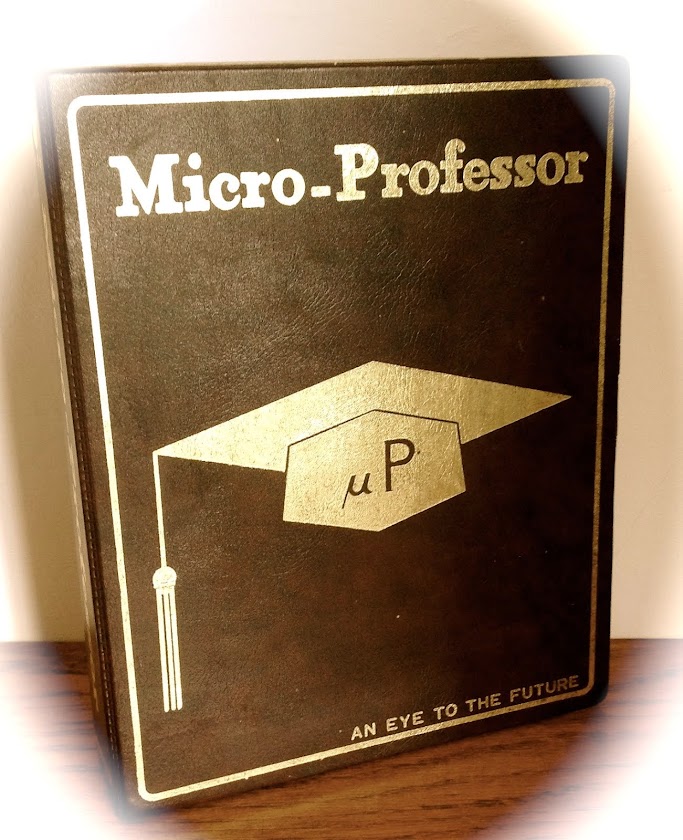Being
able to collect data in digital form has been profound for Neuroscience. It has led to a rapid increase in
knowledge about brain processes. Realising the potential of this knowledge for
education i.e. what the brain might be doing while we learn has been bedevilled
by neuromyths (interventions that claim to be informed by neuroscience but do
not have any scientific provenance). Although these interventions have been
challenged by both Neuroscientists and Educationalists they haven't always been
dispelled. Yesterday, at the annual conference held by BERA http://www.bera.ac.uk/ Steven
Spence from university of Derby and colleagues provided recent evidence
(collected from NQTs, and also more senior practitioners) that supports this
assertion.
Two other
presentations, one in the context of enabling social interaction for children with autism, the other on virtual social interaction, provided examples of how multidisciplinary work can progress in a
principled way and be of value to learning. There were some notable similarities between them
•
Iterative
development of procedures based on a true synergy between education &
neuroscience
•
A
pragmatic approach to method
•
Data collected in the wild, i.e. the classroom, the online forum, without compromising
the complexity of these contexts.
As the
presenter for one of these, virtual social interaction, it was exciting (and
reassuring!) to find other researchers subscribing to this approach. Although I
have attended a great many events on EdNeuroscience, starting with the TLRP
seminar series 2005-2006 http://www.tlrp.org/users/cs5.html
the presentation by Jackie Ravet & Justin
Williams, University of Aberdeen, was a first experience for me; a 'hard core '
neuroscientist and practitioner focused drama specialist demonstrating so
clearly how they work together to test out the value of a Neuroscience
knowledge base in an formal education context.
Presenting to an audience of educationalists, many of who have extensive
practitioner experience and also a wide research interests, was a great
opportunity to have our work interrogated. There is real hope that we can say
goodbye to the discourse of neuromyths and get on with the business of making
neuroscience knowledge useful for Education.
